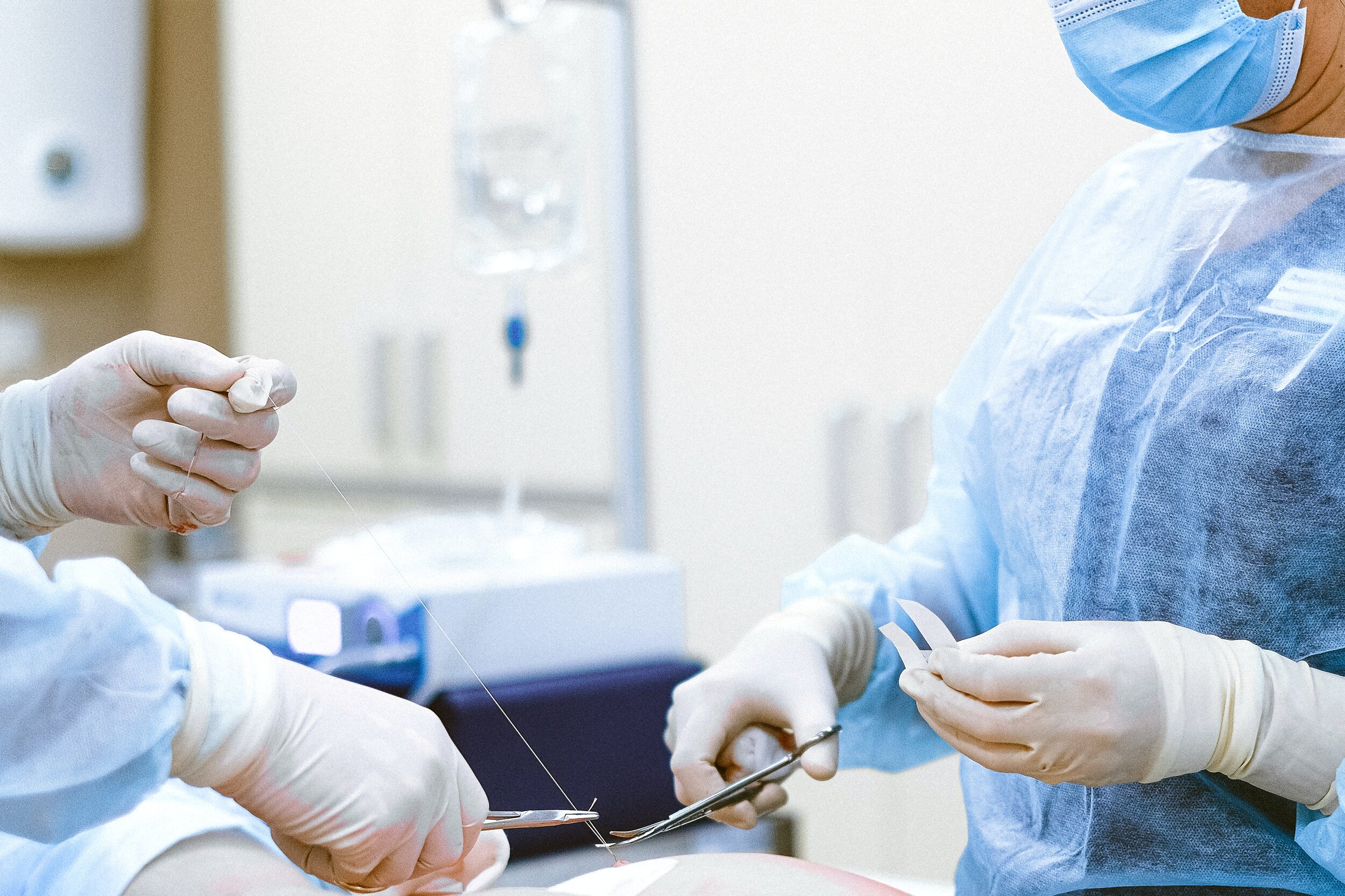Many moms have given birth via cesarean section (c-section). Either it being their own decision or due to medical necessity, the procedure has grown in popularity. In the U.S., 31.9% of births are through c-section. Whether the birth was through a vaginal delivery or via c-section, it takes a great deal of effort to bring a healthy baby out of you. Your body changes and the next thing you know your breast milk production commences. A c-section can impact breastfeeding but it is still very unlikely in doing so. Don’t fret mama! Even in the unlikely event of a c-section impacting your milk supply, you can still experience that special bonding time with the little one.
Below we’ve compiled a guide for moms to help them prepare for breastfeeding after a c-section:
Choose a Baby-Friendly Hospital (BFHI), make sure your maternity hospital is BFHI-designated. These hospitals are very supportive of breastfeeding and will be helpful for a smooth delivery. At these health institutions, you’re assured that the staff is properly trained to help you attain every mother’s goal of exclusive breastfeeding as soon as the baby has arrived and will be thorough with the procedures before and after your delivery. Because if any barriers arise during the “golden hour” after giving birth, it may compound any negative effects if you might experience following a cesarean delivery.

There are a few things that you first need to know about what you’ll experience after the c-section.
-
There may be a delay to your breast milk production
You may experience delay in your milk production after your c-section. To stimulate the production, immediately perform skin-to-skin and place the baby on your breast, they will naturally locate your nipple. If the both of you will be separated and you’re still unable to nurse hours after delivery, hand express or use a hospital-grade breast pump to begin pumping, encouraging your milk supply.
-
Sleepiness
Anesthesia and pain medications should not pass through to your breast milk supply and will not be harmful to the baby, but make sure you talk to your doctor about these things and your decision to breastfeed. See to it that you’re taking your medications as needed to reduce the sleepiness you or your little one might be feeling. A sleepy mama and baby will have difficulty starting to nurse.
-
Pain from the incision
After the anesthesia wears off, you might feel pain from the incision site and from your uterus contracting back down. It might even smell as well! It will be a challenge to breastfeeding because you are uncomfortable due to the pain. To ease it while nursing, positions like the side-lying and the football hold will be helpful as the incision’s healing. It will get easier as your body heals.
Here are things to remember when you’ve started to breastfeed.
-
Have a plan. If you decide on having a c-section, it’s best to have a plan for a worry-free recovery. Talk with your doctor to know what you’ll need to expect, to prepare, etc. Inform your family and ask them if you’ll be needing help with getting around and doing stuff while recovering. This could include relocating a sleeping area to the first floor of a house or having a partner lift things greater than 5lbs. (includes baby)
-
Start breastfeeding ASAP and/or do frequent skin-to-skin. It’s best that you breastfeed right away while you’re still awake. However, if it’s not yet possible, hold your baby safely and practice skin-to-skin. And should, for some medical reason, you and your baby will be separated right after birth then use a breast pump. Pump every 2-3 hours to stimulate milk production.
-
Breastfeed frequently. Successful breastfeeding is about how often you nurse. You might still be in pain or uncomfortable, but make sure to breastfeed every 1-3 hours. Your baby will need to feed at least 8-12 times in a day.
-
Ask for help. If you’re still at the hospital, get help from the nurses when positioning your baby when you breastfeed. At home, ask family members to help you out with household chores or other errands and keep you company. Your baby should be one of your main priorities and being with them as often as life allows will strengthen the bond.
-
Avoid nipple substitutes and supplements. Exclusively breastfeeding means that feeding should be done through mama’s nipple. Avoid using artificial nipples like pacifiers and bottles that can cause problems with breastfeeding. Ask the hospital staff to avoid giving these to your baby and request for alternatives should supplements be medically necessary.
-
Your main priority is healing. Should you need time to yourself, let your family know. Most family members will understand this, but you need to have that conversation because nobody knows your body as well as you. You should be as comfortable as possible after giving birth and throughout your breastfeeding journey.
-
If you need any help or support you can reach out to a La Leche League near your area. Congratulations on bringing a new person into the world. You’re on your way to a beautiful motherhood journey, mom!
References:
https://www.llli.org/breastfeeding-info/breastfeeding-cesarean-birth/
https://kellymom.com/ages/newborn/newborn-concerns/c-section/
https://www.verywellfamily.com/breastfeeding-after-a-c-section-431676
https://www.medela.us/breastfeeding/articles/how-to-make-the-most-of-nursing-after-a-c-section
